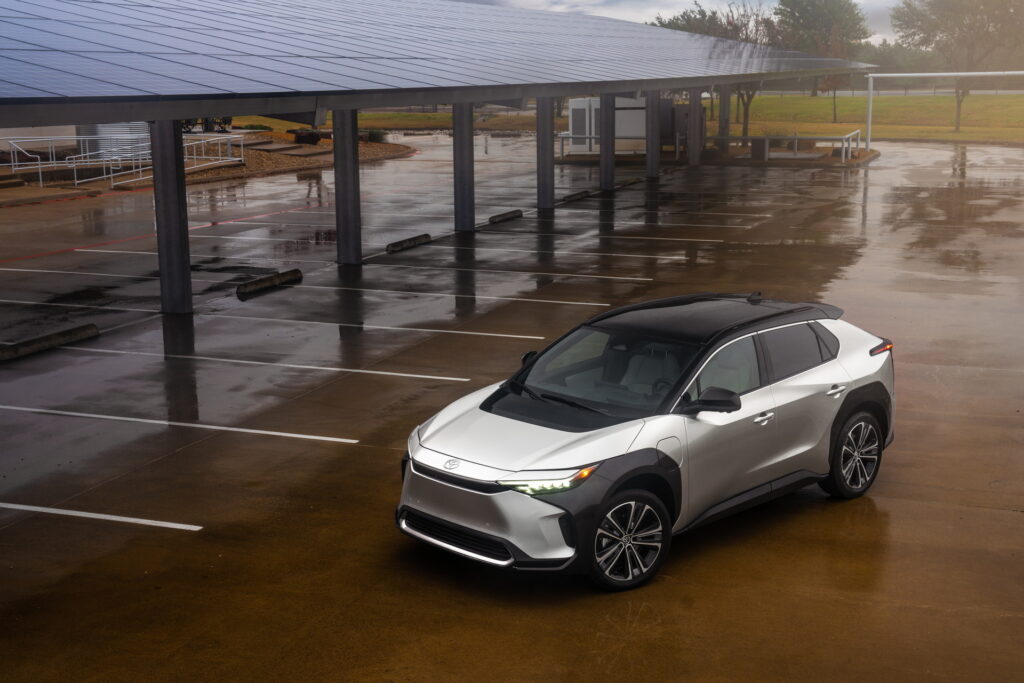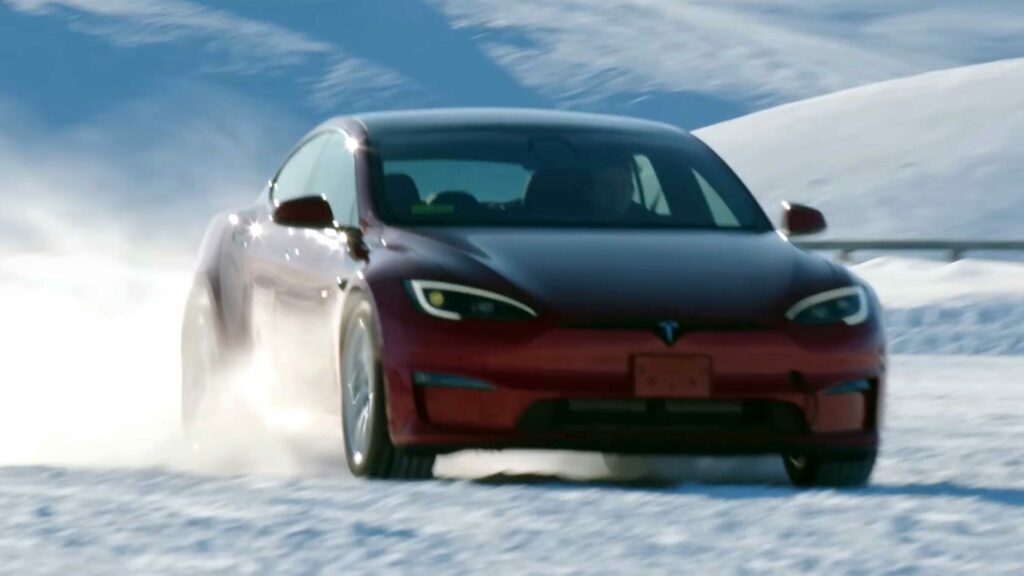Norway is known for its cold weather, which makes it an odd place to be the leader in EV adoption. To ensure that buyers in the chilly Scandinavian country are well-informed about how much their range will be affected by the winter, local experts run EVs through a winter range test and, this year, the Tesla Model S set a new record.
The electric vehicle with the longest estimated range on the WLTP test cycle (634 km/394 miles) that was run in this year’s trial, the Model S standard range, managed to drive a distance of 530 km (329 miles) in a test run by motor.no.
Making it all the more impressive, due to a technical glitch, the team could only charge their Tesla to 98 percent to start the test. Despite that, temperatures of as low as -19 degrees Celsius (-2.2 degrees Fahrenheit) reduced the Model S’s range by just 16 percent, as compared to the WLTP estimate.
Read: Tesla Owners Beware – Battery Heating Message May Leave You Out Cold

Although that was a strong performance for the American sedan, it wasn’t the best-performing vehicle in terms of how closely it kept to its estimated range. That honor went, instead, to the Maxus Euniq 6. Although it managed to travel just 317 km (197 miles) in the test, it was only rated for 354 km (220 miles), which amounted to a drop of just 10 percent.
On the other end of the spectrum, the Toyota bZ4X was the car whose performance dropped the most from its WLTP baseline. Despite having an estimated range of 503 km (312 miles), the EV only went 323 km (201 miles) in motor.no’s testing, a stunning drop of 35 percent.
That may not come as a surprise to attentive readers, because the bZ4X has made a habit of disappointing in real-world range tests. So worried was Toyota about this, that it wouldn’t provide the outlet with an AWD version of the car, and it had to instead test the two-wheel drive version.
The bZ4X was by no means the only EV whose range suffered in the cold, though. The Škoda Enyaq Coupe RS and the Mercedes EQE 300 both took similar hits to their range during the test, and drops of between 20 and 30 percent were common.
The magazine, though, was most impressed with the Chinese cars in the test, such as the MG4, the BYD Atto, and the JAX e-JS4. The testers were impressed by the wealth of vehicles available, and their low prices, concluding that “many families will do just fine with” the cars.
All vehicles were driven by experienced drivers on a loop that starts in Norway’s capital, Oslo. The drivers were required to adhere to the speed limit, to use regenerative braking intelligently, and drive in eco-mode without using driver aids, such as cruise control.




